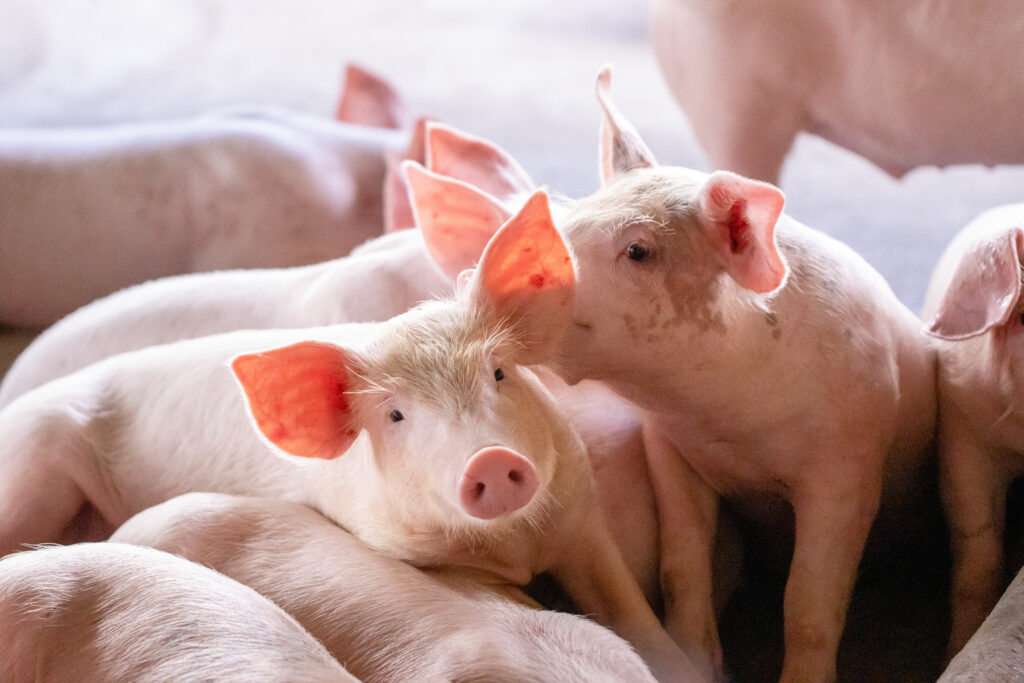The global pork industry is in the midst of a pivotal shift as sow herd numbers begin to plateau after a period of decline, according to Rabobank latest quarterly pork report.
This stabilisation has come about as a result of better-than-expected consumption trends, coupled with reduced production costs across most regions. These two factors are contributing to a more optimistic outlook for pig prices and, therefore, encouraging producers to consider rebuilding their herds, with Rabobank predicting ‘meaningful’ herd growth will be seen next year.
Notably, the US, Canada, and China are seeing healthier herds, which is translating into greater hog availability. However, producers in regions with ongoing health challenges or higher regulatory costs may experience a slower recovery pace.
“The industry’s improved supply-demand balance has led to a slowdown in herd contraction,” said Christine McCracken, a senior analyst for animal protein at Rabobank. “Although meaningful growth in the breeding herd is not anticipated until late 2024 or early 2025, productivity enhancements are contributing to increased production.”
Despite a dip in consumption in key Asian markets during the first quarter of the year, pork is maintaining its position as a cost-effective protein choice for consumers worldwide.
“This is particularly significant in light of rising beef prices,” Ms McCracken added. “The trend toward frozen products and home cooking is expected to continue bolstering retail pork sales, with a projected uptick in value-added and processed meat sales as inflation rates peak.”
Lower feed costs
Meanwhile, higher global stocks of grains and oilseeds have resulted in lower feed costs for producers, which is a benefiting an industry that has been facing a long period of elevated costs. A robust South American crop has further pressured prices, providing some relief from other inflationary costs.
As the Northern Hemisphere approaches the spring planting season of 2024, all eyes are on the growing conditions that will influence future feed costs, the report adds.
The report highlights other issues that could have an impact on global pig herd recovery in the coming months, including the implementation of animal welfare policies in the UK and Europe, which could constrain supply, disease pressures in most regions, the wider economic strength of countries in Europe, North America and Asia and issues with shipping lanes, which could hamper trade.




